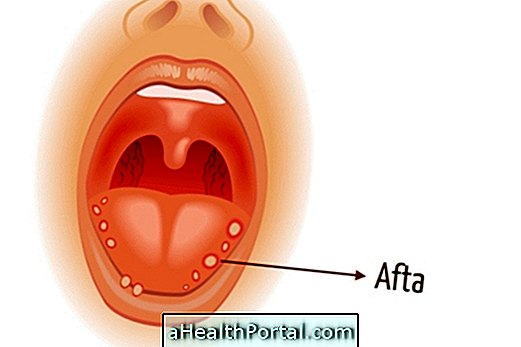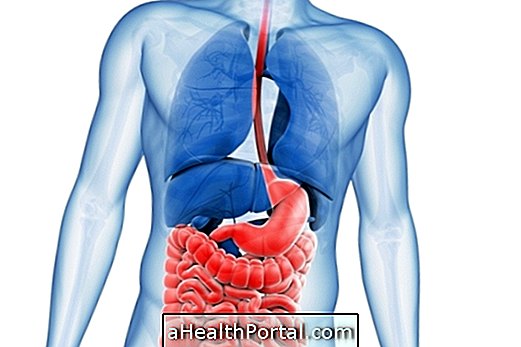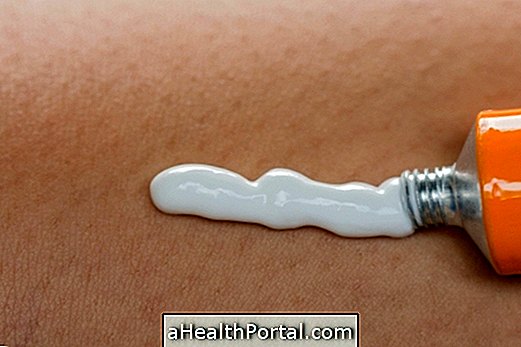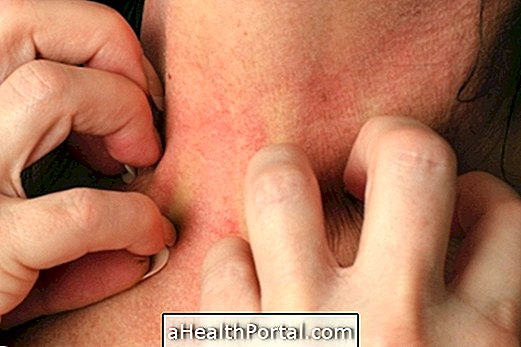Biliary cirrhosis is a chronic disease in which the bile ducts present inside the liver are gradually being destroyed, preventing the bile from flowing out and causing it to accumulate inside the liver, causing inflammation and injury.
There are two main types of biliary cirrhosis:
- Primary biliary cirrhosis : mainly affects the mid-sized bile ducts within the liver and is characterized by destruction, scarring and eventual development of cirrhosis and liver failure;
- Secondary biliary cirrhosis : is characterized by a prolonged obstruction of the biliary tree, resulting in rapid and profound changes in the liver. The most common cause in adults is gallbladder stones or tumors.
Biliary cirrhosis usually occurs in people with autoimmune diseases, such as rheumatoid arthritis, scleroderma or Sjögren's Syndrome, and is therefore also seen as an autoimmune disease in which the body attacks the bile duct cells themselves.
There is still no cure for biliary cirrhosis, however, as the disease can cause serious damage to the liver, there are some treatments that appear to delay its development and relieve symptoms.
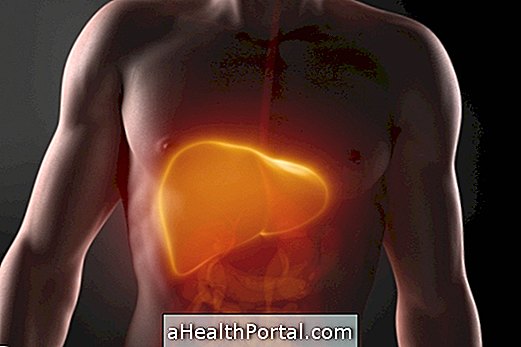
Most Common Symptoms
In most cases biliary cirrhosis is identified before any symptoms appear, especially through blood tests that are done for another reason or routine. However, early symptoms may include constant tiredness, itchy skin, and even dry eyes or mouth.
Already when the disease is in a more advanced phase, the symptoms can be:
- Pain in the upper right region of the abdomen;
- Joint pain;
- Swollen feet and ankles;
- Very swollen belly;
- Skin and yellow eyes;
- Diarrhea with very fatty stools;
- Weight loss for no apparent reason.
These symptoms can also be indicative of other problems in the liver and therefore it is advisable to consult a hepatologist to do blood and other imaging tests, such as ultrasound or MRI, to identify the correct diagnosis and start the most appropriate treatment.
Check out 11 symptoms that can indicate liver problems.
Causes of biliary cirrhosis
The cause of biliary cirrhosis is unknown, but is often associated with people with autoimmune diseases, so it is possible that the body itself initiates a process of inflammation that destroys the cells of the bile ducts. This inflammation can then pass into the other cells of the liver and lead to the appearance of damage and scars that compromise the correct functioning of the organ.
How is the treatment done?
There is no cure for biliary cirrhosis, however, some medications may be used to delay the development of the disease and relieve symptoms, which include:
- Ursodiol : is one of the first drugs used in these cases, as it helps bile to pass through the channels and out of the liver, reducing inflammation and avoiding liver damage;
- Oboeticolic acid : this medicine can also be known as Ocaliva and helps in the functioning of the liver, decreasing the symptoms and progression of the disease;
- Fenofibrates : This medication helps to decrease inflammation of the liver and reduce symptoms such as generalized itching of the skin.
In more severe cases, where the use of medicines does not seem to delay the development of the disease or when the symptoms remain very intense, the hepatologist can advise a liver transplant in order to prolong the life of the person.
Usually transplant cases are a success and the disease completely disappears, returning the person's quality of life, but it may be necessary to stay on a waiting list for a compatible liver. Understand more about how liver transplantation is done.
On top of all this, it is common for people with biliary cirrhosis to have difficulty absorbing fats and vitamin. This way, the doctor can advise the follow-up with a nutritionist to start supplementing vitamins, especially vitamins A, D and K.

